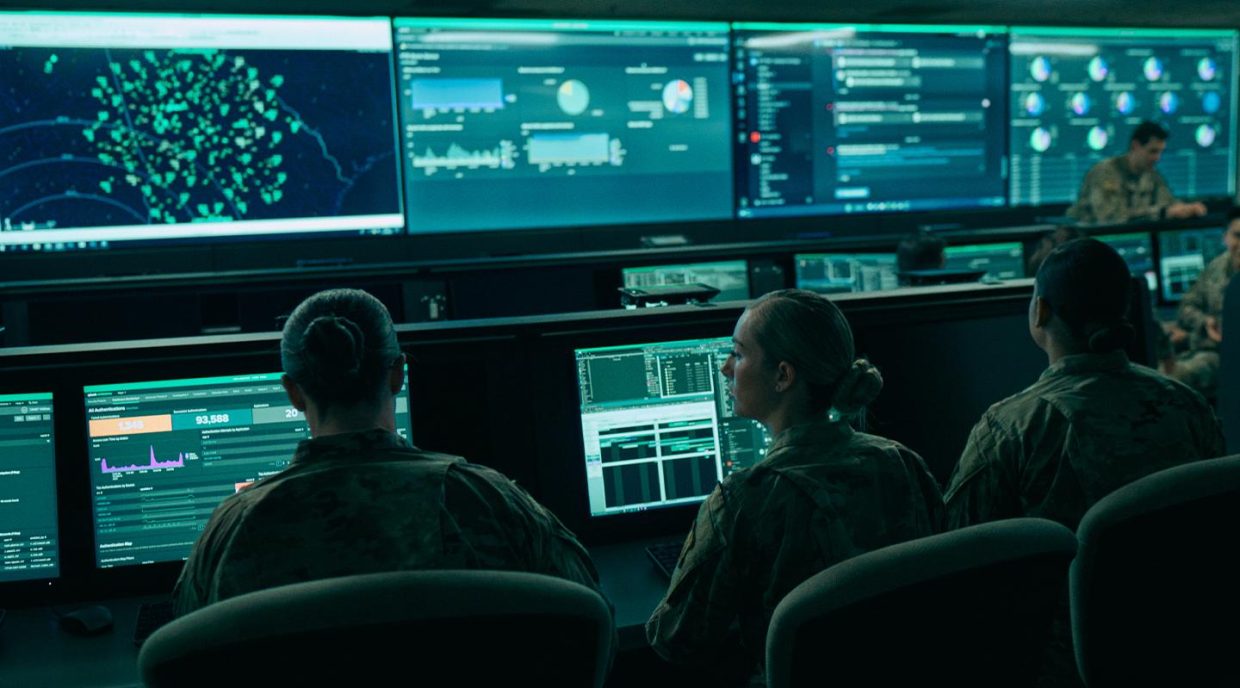In a world more connected than ever, the battleground isn’t just on land, sea, or air—it’s also digital. Welcome to the realm of cyber warfare, where armies don’t just wield guns and tanks, but code and algorithms. From stealthy hacks to massive data breaches, these invisible conflicts shape global politics, economies, and even everyday life in ways we’re only beginning to understand. In this article, we’ll dive into the shadowy world of digital battlefields, exploring how nations fight, defend, and strategize behind screens in a high-stakes game of cyber chess. Curious? Let’s explore what’s really happening inside cyber warfare today.
Table of Contents
- The Hidden Weapons of Cyber Warfare: Malware and Beyond
- Unraveling the Tactics: How Nations Navigate Digital Battlefields
- Defending the Invisible Frontline: Strategies for Cyber Resilience
- Preparing for Tomorrow’s Cyber Battles: What Every Organization Should Know
- Insights and Conclusions
The Hidden Weapons of Cyber Warfare: Malware and Beyond
In the digital conflict arena, the tools go far beyond just viruses or ransomware; they extend into an intricate arsenal designed to undermine, control, and manipulate. Advanced persistent threats (APTs) silently infiltrate networks, often remaining hidden for months or even years, gathering intelligence without detection. Botnets harness countless compromised devices as an invisible army, launching massive DDoS attacks that can cripple entire infrastructures within minutes. Meanwhile, spyware probes deeper into personal and organizational data, siphoning sensitive information to adversaries looking to exploit every vulnerability.
But it’s not just about what these weapons do alone; it’s how they combine and evolve. Consider the rise of:
- Fileless malware, which operates entirely in memory, leaving little trace on affected systems.
- Supply chain attacks, exploiting trusted software or hardware vendors to slip malicious code past defenses unnoticed.
- Deepfake technology, weaponized for misinformation campaigns that destabilize trust within societies and institutions.
Each facet of this hidden arsenal reveals a sophisticated dance of innovation and deception—transforming cyber warfare into a shadow conflict fought on electric currents and coded lines rather than traditional battlegrounds.
Unraveling the Tactics: How Nations Navigate Digital Battlefields
In today’s interconnected world, the art of digital warfare is no longer confined to traditional battlefields; it unfolds silently behind screens and firewalls. Nations employ a vast array of sophisticated tactics to assert dominance in cyberspace, often blurring the lines between espionage, sabotage, and psychological operations. From deploying advanced persistent threats (APTs) that infiltrate critical infrastructure to using misinformation campaigns designed to destabilize public trust, these covert strategies highlight the complexity of modern conflicts. Cyber units aren’t just reacting—they’re constantly evolving, adapting to the shifting digital landscape with an arsenal that includes:
- Zero-day exploitations to penetrate even the most secure systems before vulnerabilities become public knowledge.
- Supply chain attacks that exploit trusted networks to embed malware deep within global software frameworks.
- Social engineering campaigns that manipulate individuals into unwittingly granting access to sensitive data.
This intricate chess game in cyberspace demands a blend of technical prowess, intelligence gathering, and sheer creativity. Nations must anticipate opponents’ next digital moves while safeguarding their own secrets, often leading to an arms race beneath the surface of the internet. As these silent battles rage on, understanding the nuanced tactics behind digital warfare becomes crucial—not only for governments but for global cybersecurity resilience as a whole.
Defending the Invisible Frontline: Strategies for Cyber Resilience
In the ever-shifting terrain of cyber warfare, resilience isn’t just about defense—it’s about anticipation and adaptability. Organizations must embed dynamic strategies that not only react to attacks but foresee emerging threats. This requires continuous monitoring, swift incident response, and a culture that prioritizes cybersecurity at every level. Key initiatives like zero-trust architectures and AI-driven threat detection systems are transforming how the invisible frontline is fortified, making breaches harder to execute and easier to contain.
Building such resilience involves more than technology—it demands a holistic approach combining people, processes, and innovation. Consider these essential tactics:
- Regular Red Team Exercises: Simulating attacks to identify vulnerabilities before adversaries do.
- Employee Cyber Hygiene Training: Turning every team member into a proactive defender.
- Robust Backup Protocols: Ensuring data integrity even during an active breach.
- Multi-Layered Security Frameworks: Deploying overlapping defenses to delay and disrupt attackers at every stage.
Preparing for Tomorrow’s Cyber Battles: What Every Organization Should Know
As cyber threats evolve at an unprecedented pace, organizations must adopt a proactive mindset that goes beyond mere defense. Preparing for tomorrow’s cyber battles involves cultivating a culture of continuous learning and agility. Businesses should prioritize investing in advanced threat intelligence tools that offer real-time insights into emerging vulnerabilities and attacker tactics. Equally important is the integration of cross-functional teams that combine the expertise of IT, legal, and human resources to develop comprehensive incident response plans. This holistic approach ensures that when digital skirmishes erupt, the response is swift, coordinated, and effective.
Moreover, anticipation of future digital conflict requires embracing innovation through ongoing cybersecurity training and simulation exercises. Organizations can benefit greatly by incorporating:
- Red teaming and penetration testing to expose hidden weaknesses.
- Employee phishing simulations to enhance awareness.
- Collaborations with industry partners for shared threat intelligence.
This blend of preparedness and collaboration empowers businesses to stay one step ahead in an ever-shifting digital battlefield—transforming uncertainty into strategic advantage.
Insights and Conclusions
As we navigate deeper into the digital age, the battlegrounds of cyber warfare continue to evolve in complexity and scale. From state-sponsored attacks to shadowy hacktivist groups, the dynamics of these invisible conflicts shape not only national security but also the everyday lives of millions. Staying curious and informed about the intricacies of these digital battlefields is more important than ever, inviting us all to explore the unseen frontlines where the future of warfare is quietly being rewritten. So, what do you think the next frontier in cyber warfare will look like? Let’s keep the conversation going.













